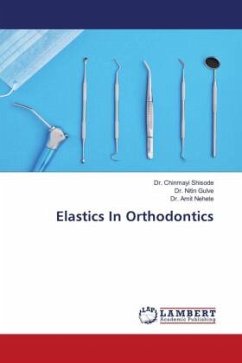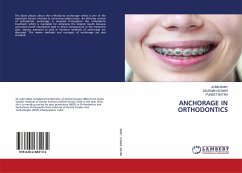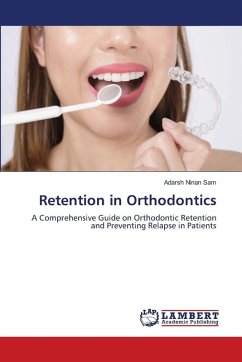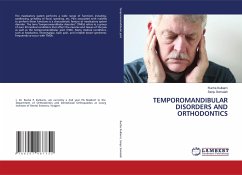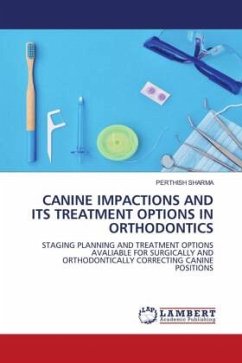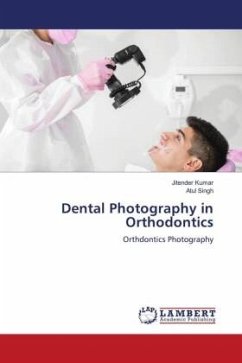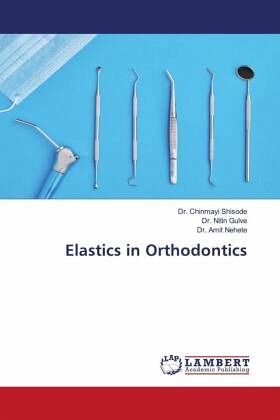
Elastics in Orthodontics
Versandkostenfrei!
Versandfertig in 6-10 Tagen
40,99 €
inkl. MwSt.

PAYBACK Punkte
20 °P sammeln!
Elastics are commonly used in orthodontics as part of the treatment for correcting misaligned teeth and jaw discrepancies. They are small rubber bands that exert a gentle force to help move teeth into their desired positions. Here's a summary of key points about elastics in orthodontics:Purpose: Elastics are used to apply additional forces to the teeth and jaws in order to achieve proper alignment and bite correction. They are an integral part of many orthodontic treatment plans. Types: There are different types of elastics used in orthodontics, including interarch elastics (also known as rubb...
Elastics are commonly used in orthodontics as part of the treatment for correcting misaligned teeth and jaw discrepancies. They are small rubber bands that exert a gentle force to help move teeth into their desired positions. Here's a summary of key points about elastics in orthodontics:Purpose: Elastics are used to apply additional forces to the teeth and jaws in order to achieve proper alignment and bite correction. They are an integral part of many orthodontic treatment plans. Types: There are different types of elastics used in orthodontics, including interarch elastics (also known as rubber bands), intraarch elastics, and auxiliaries. Interarch elastics are the most commonly used and are worn between the upper and lower jaws to correct bite issues.Function: Elastics work by connecting specific brackets or attachments on the upper and lower teeth, creating a force that helps move the teeth into the desired positions. They apply pressure in a specific direction, aiding in tooth alignment, closing gaps, or correcting bite discrepancies.Wear and Replacement: It is crucial to wear elastics as instructed by the orthodontist.



